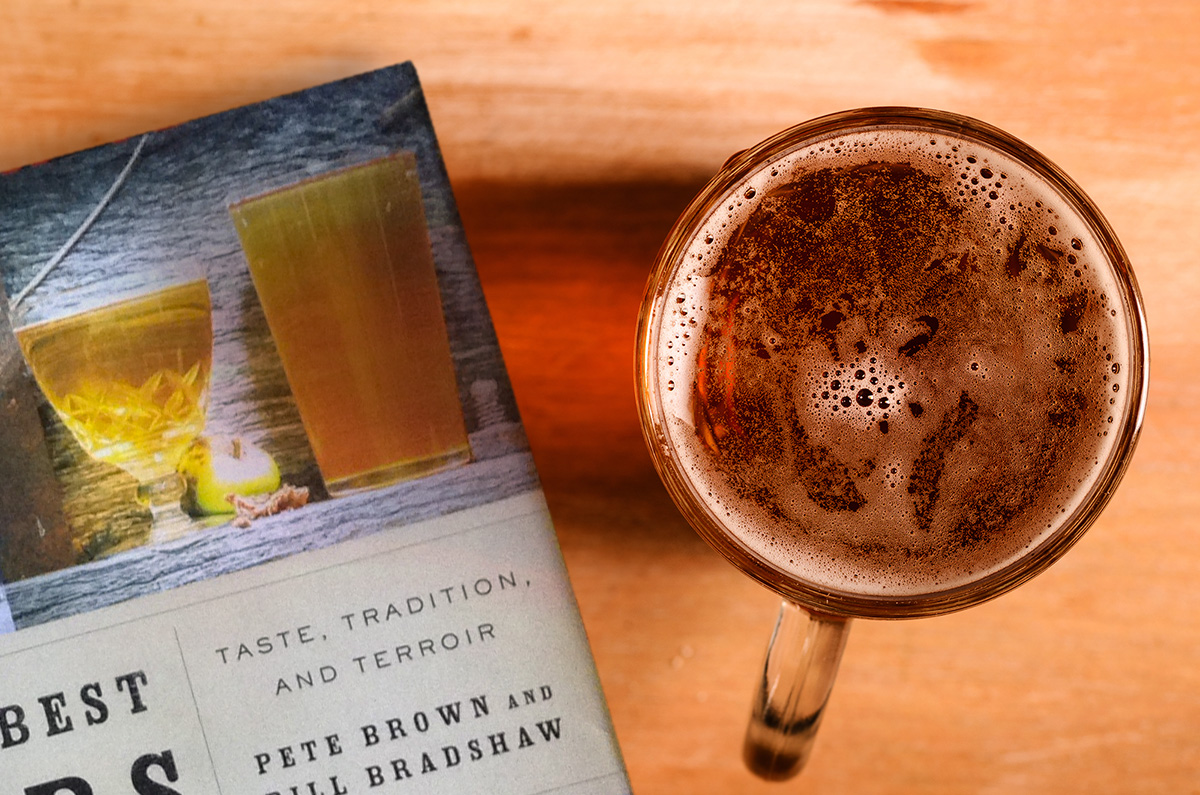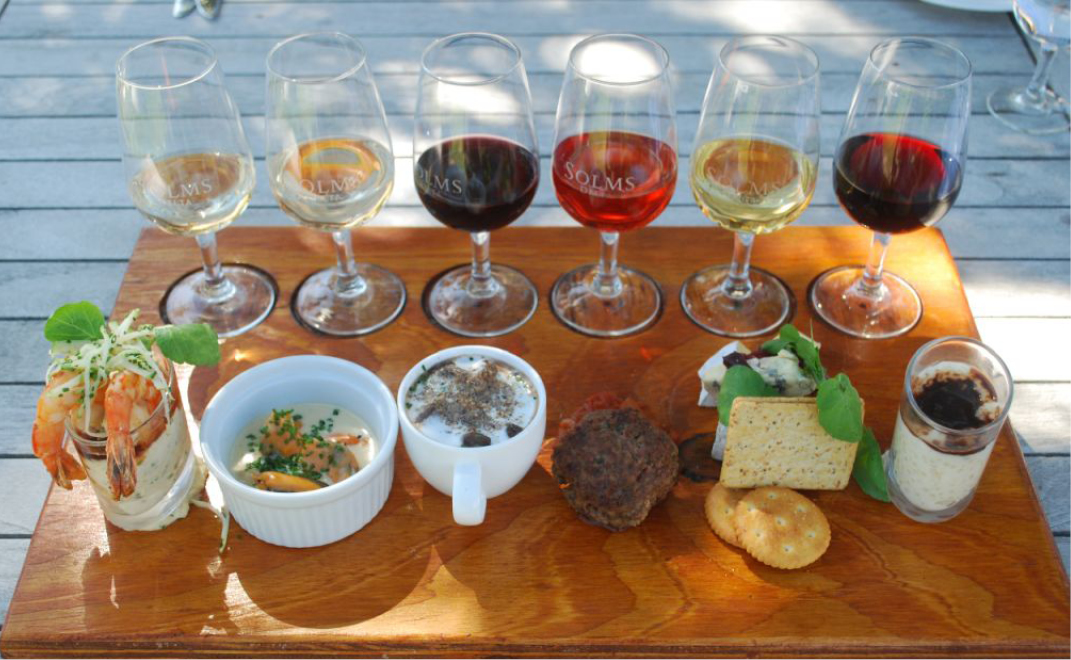Hey there, cider enthusiasts! Today, we’re diving deep into the wonderful world of yeast strains and their remarkable influence on the flavor development of your favorite apple elixir. Get ready to embark on a thrilling journey where science meets art, and your taste buds are in for a wild ride!
Cider-making has come a long way from its humble beginnings, and with a plethora of yeast strains at our disposal, the possibilities for flavor exploration are endless. So, grab a glass of your preferred cider (I’ll raise a virtual toast with mine!) and let’s delve into the magical world of yeast and its impact on flavor.
First things first, let’s meet our star players: the yeast strains. Yeast, those tiny microorganisms, are the real heroes behind fermentation. Different strains can bring out unique characteristics in your cider, ranging from fruity and crisp to funky and complex. It’s like having a spice rack filled with endless flavor options!
- Champagne yeast: Pop the bubbly! This strain is known for producing crisp, dry ciders with a fine effervescence.
- English ale yeast: Fancy a pint? This classic strain delivers a medium-bodied cider with fruity esters and a subtle sweetness.
- Belgian saison yeast: Let’s get funky! Known for its distinct spice and peppery notes, this strain can add a touch of complexity and earthiness to your cider.
- Wild yeast: Embrace the untamed! Wild yeast strains, naturally occurring in the environment, can create truly unique and unpredictable flavor profiles.
- Lalvin EC-1118: The all-rounder! This yeast strain is reliable and versatile, often used for both still and sparkling ciders, imparting a clean and neutral character.
- Brettanomyces: Walk on the wild side! If you crave funk, this yeast strain is for you. It adds funky, barnyard flavors that can transform your cider into an intriguing and complex beverage.
- Lalvin D47: Fruit-forward delight! This strain is known for accentuating fruity aromas, making it a perfect choice if you want your cider to burst with apple goodness.
- Kveik yeast: Heat things up! Originating from Norway, this ancient strain ferments at higher temperatures, resulting in fruity and tropical flavor profiles.
- Lalvin 71B-1122: Sweet dreams! If you’re after a cider with a touch of residual sweetness, this strain is your go-to, leaving a pleasant, balanced finish.
- Lalvin RC-212: Spice it up! With this yeast strain, you can add intriguing spicy and herbal notes to your cider, taking your taste buds on a captivating journey.
Each yeast strain has its own unique characteristics, and choosing the right one can elevate your cider to new heights. So, let your creative juices flow (pun intended!), experiment, and discover the magical combinations that suit your palate.
Remember, the flavor development doesn’t end with yeast selection. Factors like apple varieties, fermentation temperature, and even the duration of aging can all influence the final flavor profile of your cider. So, be a fearless cider explorer and try out different combinations to create your signature blend.
Now that you’re armed with the knowledge of yeast strains and their potential impact on cider flavor, it’s time to don your cider-making cape and embark on an epic flavor adventure. Cheers to the yeast, the unsung heroes behind the scenes, and to your palate, the ultimate judge of cider excellence!
So, my fellow cider enthusiasts, go forth and craft amazing ciders with confidence. Let your taste buds dance to the tunes of diverse yeast strains and unlock the full potential of flavor development in every glass. Until next time, may your ciders be bold, your flavors be tantalizing, and your cider-making journey be filled with endless joy!
Stay tuned for more exciting cider tales and flavor explorations. Happy sipping!




